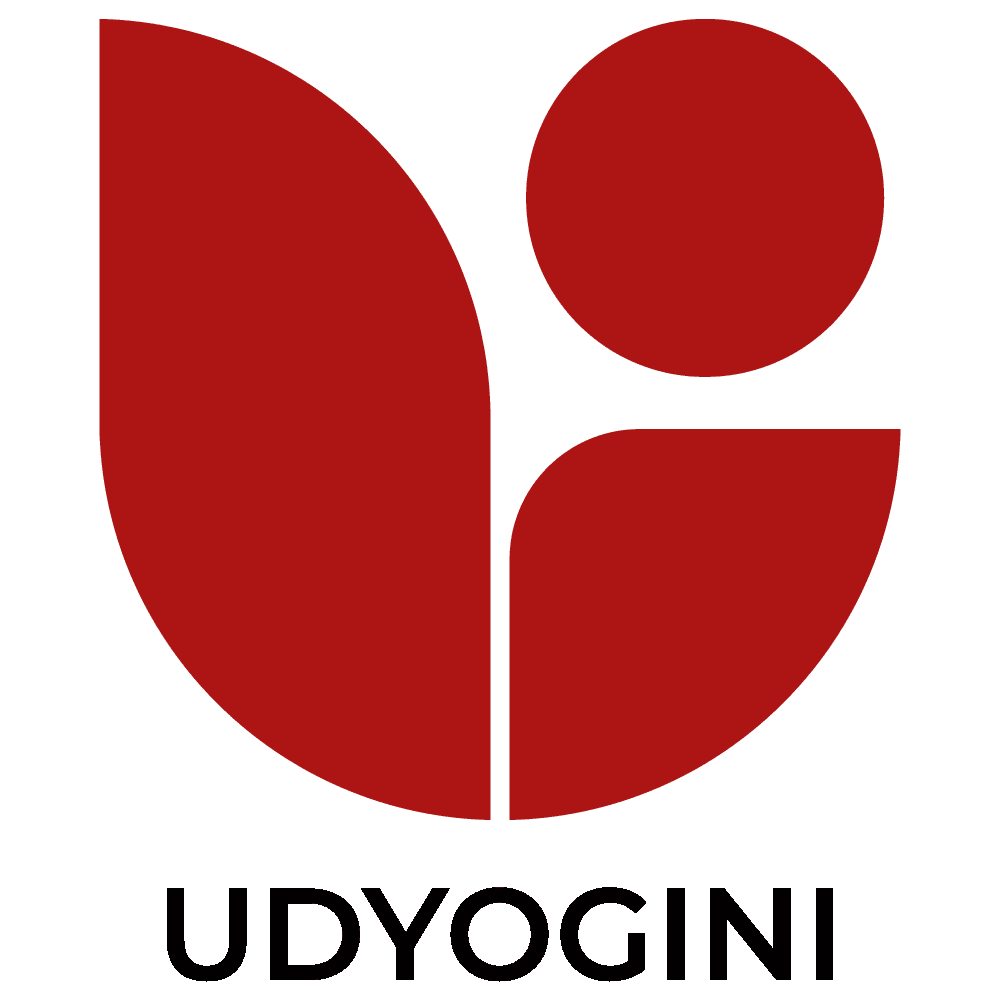Climate change and entrepreneurship
One of the biggest issues is climate change, which is already negatively influencing the environment and becoming a bigger threat to humanity and sustainable development.
One of the biggest issues is climate change, which is already negatively influencing the environment and becoming a bigger threat to humanity and sustainable development.
The impoverished are frequently reliant on weather-dependent economic activity. For instance, local weather and climate conditions affect agriculture and forestry activities; a change in such conditions may have a direct influence on productivity levels and reduce livelihoods. Due to changes in precipitation and average minimum and maximum temperatures, effects on water resources, forestry, agriculture, and human health have already begun. Long-term, continuous efforts will be needed on both the adaptation and mitigation fronts to get ready for climate change.
In the areas where Udyogini is working, we also encountered the hazardous effects of climate change in the past year, such as a 40% loss of lac production in the last year in Jharkhand and Chhattisgarh and a 50% reduction in honey production in Chhattisgarh.
Vulnerable sectors:
Agriculture:
Due to the dependence of agriculture on the monsoon and the predominance of rainfed agriculture in several states, threats to food security and agriculture exist.
Forests and other natural ecosystems:
changes in the area and boundaries of various forest kinds, as well as challenges to biodiversity, have detrimental effects on populations that depend on forests.
Udyogini is doing its bit to mitigate the risks of climate change on rural livelihoods by implementing the following practises:
Promoting the use of natural resources that are finite in a sustainable manner to address climate change:
Non-Timber Forest Products (NTFPs) have been recognised as important for sustainable forest management and economic development. It constitutes an important source of livelihood for forest fringe communities. India has a large number of host resources that can fulfil the demand for economic sustainability and climate change mitigation. Udyogini is promoting a package of scientific lac cultivation practises in Chhattisgarh and Jharkhand to improve yield and income and ensure the livelihood sustainability of the producers dependent on lac. Agroforestry contributes to climate change mitigation by sequestering carbon in biomass and soils, reducing greenhouse emissions, and avoiding emissions through reduced fossil fuel and energy usage on farms. Udyogini promotes agroforestry (mango tree and semialata plant) in Jharkhand. But climate change also started hampering the yield of NTFPs. Udyogini trains the producers to aggregate and make value-added products from lac, tamarind, and chironji for income enhancement. Udyogini also focuses on collector training and capacity building on aspects of sustainable harvest and collection of medicinal and aromatic plant (MAP) species in Uttarakhand from the wild as well as conservation of natural resources (viz. MAPs).
Best utilisation of the natural resources:
Udyogini is promoting the utilisation of barren land with Semialata and intercropping it with vegetable crops in project areas of Jharkhand and Chhattisgarh. As such, lac-based intercropping systems not only improve the resilience of rural livelihoods but also encourage environmental stability. On the other hand, producers are encouraged to grow medicinal and aromatic plants on barren land, which helps lessen topsoil erosion. This can provide great potential for carbon sinks in cropland to reduce the atmospheric concentration of CO2 and mitigate climate change.
Practise green agriculture:
Climate-smart and green agriculture practises have to be followed without hurting the food security and livelihoods of the population, particularly the poor. Among others, promotion of organic farming and practising green agriculture are two major pathways for the evergreen revolution, followed by Udyogini in the state of Rajasthan.
Develop and conserve the natural resources:
Natural resource development is now more important than ever before. In Rajasthan and Chhattisgarh, Udyogini has created water reservoirs to enable farmers to plant crops even during the zaid and rabi seasons. Also, this helps producers not be entirely dependent on rain, even during the kharif season, which is now very unpredictable owing to climate change.
An initiative to solve the local water difficulty
The villages of Daulatpura, Rajasthan, which are located in the hills (also known as Dang), suffer from isolation, which is exacerbated by the fact that their land is in conflict with the forest area. Agriculture and cattle raising are the primary occupations of the locals. Because they are entirely rain-fed and have no other source of water, these villages can rarely farm beyond subsistence. Because of the summer’s increased heat and dry air, drinking water becomes increasingly rare. People’s sufferings are incomprehensible without such basic necessities as roads for travel and commuting, electricity, limited water supplies, and a steady source of income.
The Dang region’s environmental problems make life more difficult for the locals. The communities are built on dry, aerated, rocky ground that gets quite hot in the summer. As a result, wells and ponds dry up. The area receives average to below-average rainfall. The village is also in a disorganised setting, with houses scattered across a large area. As a result, women and children in charge of collecting water from wells must travel for an average of two hours because they must walk an average of 1-2 kilometres, sometimes more. As a result of these issues, residents of Rawatpura and Beherda were only able to farm 10–30% of their land. Only small-scale farmers live in Daulatpura, and while they can cultivate their fields, they are unable to properly irrigate their crops.
Agriculture and cattle raising are the primary sources of income for the residents. The three main crops grown in the Kharif and Rabi seasons are rice, bajra, and mustard. However, because these crops rely heavily on rain and lack an adequate rainwater storage system, farmers frequently experience crop failure or damage, resulting in insufficient earnings. During the summer, when the water level in the wells and ponds is so low, they pour dirt into them to get water for drinking. They also have a serious problem with livestock deaths due to a lack of drinkable water. Locals are occasionally forced to migrate with their cattle to alleviate their suffering.
Udyogini and the villagers decided to rebuild the community ponds by desilting them, establishing permanent boundaries, and raising the ponds’ height with the same desilted mud. The boundary of the joint community pond between RawatPura and Beherda was raised to 14 feet, while the boundary of DaulatPura’s community pond was raised to 12 feet. The villagers contributed 20% of the total cost of the community ponds’ reconstruction. Nine other private ponds were rebuilt or built, with each family contributing 30% of the total cost.
As a group, the residents raised 20% of the total amount required to construct the community pond. The establishment of a VDC in each village provided a forum for locals to discuss and propose solutions to issues that the community as a whole was experiencing. It provided a channel for Udyogini to connect with the village’s ongoing problems and allowed everyone in the hamlet to participate in communal decision-making. This initiative helped nearly 750 families in total. The use of villagers’ labour to build and create the community ponds was also a novel aspect of the intervention. This resulted in 30-45 days of work for 120–150 people, with a labourer earning INR 250 and a mason earning INR 500 per day.
The initiative enables villagers to cultivate crops such as wheat during the rabi season, which was previously impossible due to a lack of irrigation resources, allowing them to secure income from multiple sources and reduce migration rates.
Locals have noticed an improvement in the health of their livestock. As a result, they anticipate increased revenue from animal husbandry. Cow and buffalo deaths were common; this year, there haven’t been as many. This monsoon brought only moderate rainfall to the area, but residents appeared unconcerned because the water was being collected and stored in their ponds.

